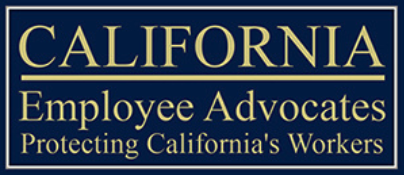Rude bosses, nasty coworkers, bad music— if you’ve experienced this at work then you may be asking yourself, am I in a hostile work environment? Before we answer that, we must first answer the question: what is a hostile work environment? In short, it is a workplace in which someone (your coworker, your boss, the CEO, etc.) creates an atmosphere of discrimination. Someone’s behavior in the workplace makes it so uncomfortable that it hinders the amount of work one can complete.
Lack of perks, lousy lighting, and horrible hours are all things that may make work less pleasant and unmotivating. But, there are legal guidelines to define a hostile work environment. Let’s take a more in-depth look into your workplace protections
Discrimination Factors Into A Hostile Work Environment
Discrimination is a huge part of defining a hostile work environment, legally speaking. The law defines discrimination as the prejudicial treatment of a category of people based on factors they cannot control. We often see workplace discrimination based on gender, sex, color, race, and age. This unfair treatment is what creates a hostile work environment.
So when your coworker makes a bad joke that annoys you, that is not illegal. But, if they make a terrible joke with sexual or racist undertones, that would be an example of a hostile work environment, even if they say it with a smile. Your boss can reprimand you for poor work performance, but they cannot criticize you for being pregnant.
Other Factors
The U.S Equal Employment Opportunity Commission (EEOC) is the governing body over most employment law situations. They outline a few guidelines for legally defining what a hostile work environment is. The EEOC states, “to be unlawful, the conduct must create a work environment that would be intimidating, hostile, or offensive to reasonable people.” Examples include:
- Name-calling
- Racial or other slurs
- Physical assault
- Intimidation
- Offensive pictures displayed or distributed
Keep in mind; there are many circumstances in which harassment can occur.
- The victim may experience harassment by a supervisor, coworker, someone in a different department, or even a non-employee.
- The victim doesn’t necessarily have to be the one who was directly harassed (although they are also a victim), but anyone who was negatively impacted or affected by the harassment.
- Victims may bring forward a case against a company that currently employs them.
Protection Against Retaliation
Retaliation is something that can happen after someone reports discrimination or other unlawful activity at work. Unfortunately, some people do not always respond professionally when something of this sensitive nature gets reported, and they can take it personally. It is illegal for a supervisor to hold a grudge against someone who made a harassment complaint The law protects employees’ right to report illegal acts without being retaliated against afterward. Often time, these things can go unreported because people fear retaliation.
It can be so hard to recover from a toxic work environment, but a good first step is getting justice. An employment law attorney can help you go over the facts of your case and guide you through the steps to hold your employer accountable for these acts.
*Disclaimer: This article post is not meant to substitute for legal aid or give legal advice. If you or someone you know requires legal aid, please reach out to a qualified attorney. California Employee Advocates is not a law firm.


I like the valuable information you provide in your articles. I’ll bookmark your blog and check again here regularly. I am quite sure I’ll learn many new stuff right here! Good luck for the next! http://www.piano.m106.com
great blog but some pictures will make it better